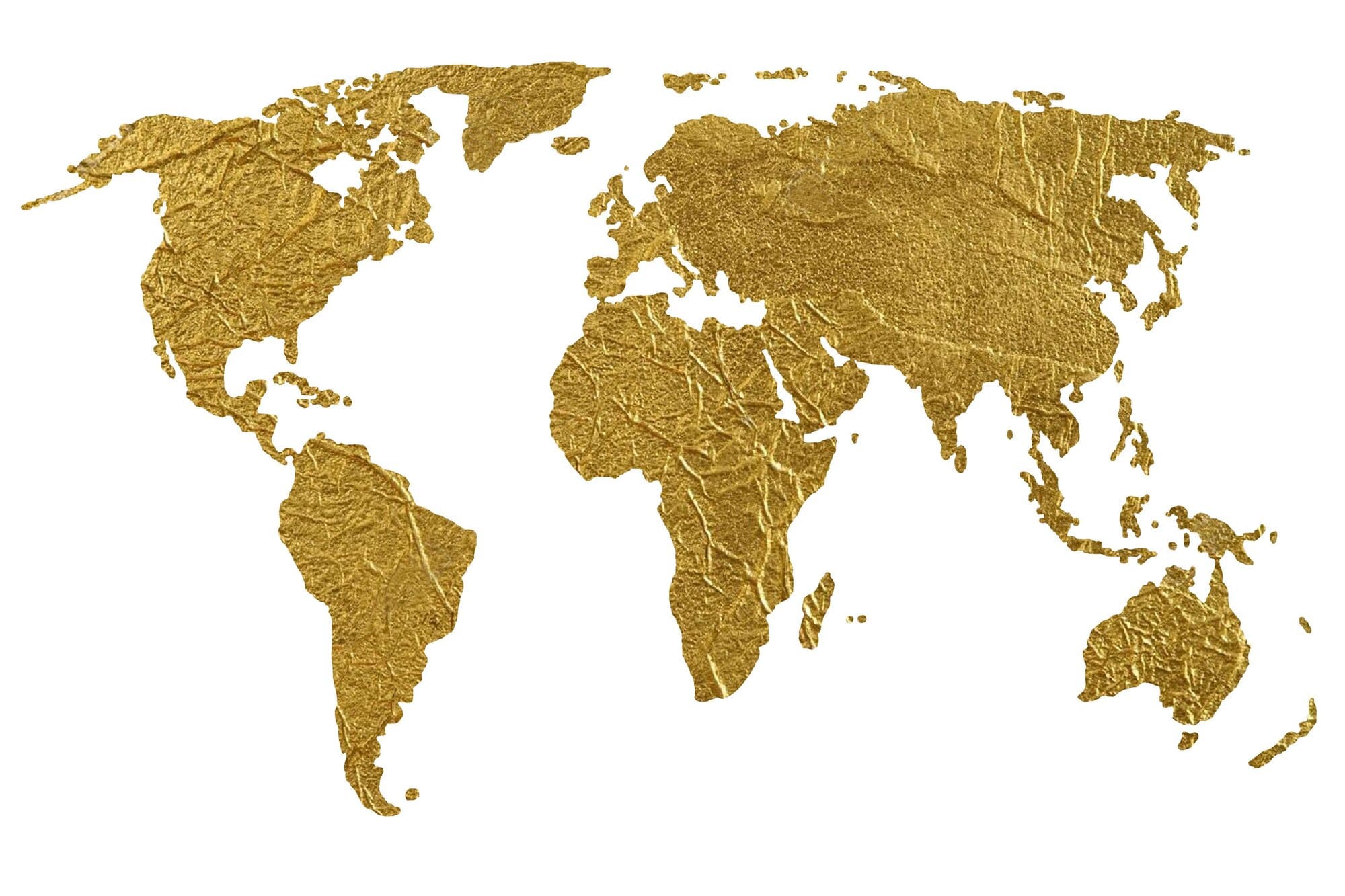
The Golden Connection: How Global Problems, Situations, and Changes Impact Gold
Gold, often referred to as the “king of metals,” has captivated humanity for millennia. Its allure goes beyond its undeniable aesthetic appeal, as it is also closely tied to economic, geopolitical, and social dynamics on a global scale. In this article, we’ll explore how gold is impacted by various global problems, situations, and changes, shedding light on the precious metal’s multifaceted role in our world.
- Economic Instability
Gold has long been regarded as a safe-haven asset during times of economic turmoil. When financial markets are uncertain or face crises, investors and governments alike flock to gold as a store of value. This phenomenon is exemplified during recessions, currency devaluations, and stock market crashes. In essence, gold’s value tends to rise when faith in traditional financial assets wanes.
- Geopolitical Tensions
Global conflicts and geopolitical tensions can significantly influence the price of gold. When nations are embroiled in disputes or the world is on the brink of war, investors often seek refuge in gold as a hedge against geopolitical instability. The precious metal has a historical track record of performing well during such tumultuous times, and its value can soar when global tensions escalate.
- Inflation and Currency Devaluation
Gold has an intrinsic value that isn’t directly tied to any single currency. As a result, it often serves as a hedge against inflation and currency devaluation. When central banks print excessive amounts of money or when the purchasing power of a currency erodes due to inflation, gold’s value tends to rise, as it becomes a more attractive option for preserving wealth.
- Supply and Demand Dynamics
The global supply and demand dynamics for gold are continually evolving. Factors such as increased mining output, changes in jewelry consumption, and shifts in central bank gold reserves can have a substantial impact on the price of gold. Emerging economies, like China and India, have particularly significant roles in influencing gold demand, both for jewelry and investment purposes.
- Environmental and Social Concerns
The mining and production of gold have raised environmental and social concerns. As the world becomes more conscious of sustainability and ethical practices, gold mining companies are under increased scrutiny to adhere to responsible mining standards. These concerns can affect both the supply of and demand for gold, as eco-conscious consumers may seek alternatives to traditional gold jewelry.
- Technological Advancements
Gold’s unique properties make it indispensable in various industries, including electronics and dentistry. Technological advancements and innovations can impact the demand for gold in these sectors. For instance, the rise of electric vehicles, which require gold for electronic components, can boost gold’s value.
- Global Legislation and Regulation
Government policies and regulations can also impact the gold market. Laws related to gold mining, taxation, and trade can influence the global gold supply. Additionally, regulations on gold ownership and trade in various countries can affect the accessibility and demand for the precious metal.
Gold’s enduring appeal isn’t solely due to its aesthetic beauty but also because of its ability to transcend borders and cultures as a universal store of value. It is deeply intertwined with global problems, situations, and changes. From economic instability and geopolitical tensions to supply and demand dynamics and environmental concerns, gold’s value responds to a diverse array of global influences.
Understanding how gold is impacted by these factors can provide investors, policymakers, and individuals with valuable insights into the dynamics of the precious metal market. As the world continues to evolve, so too will the multifaceted role of gold in the global economy and society, making it a fascinating and essential element of our interconnected world.







Add comment